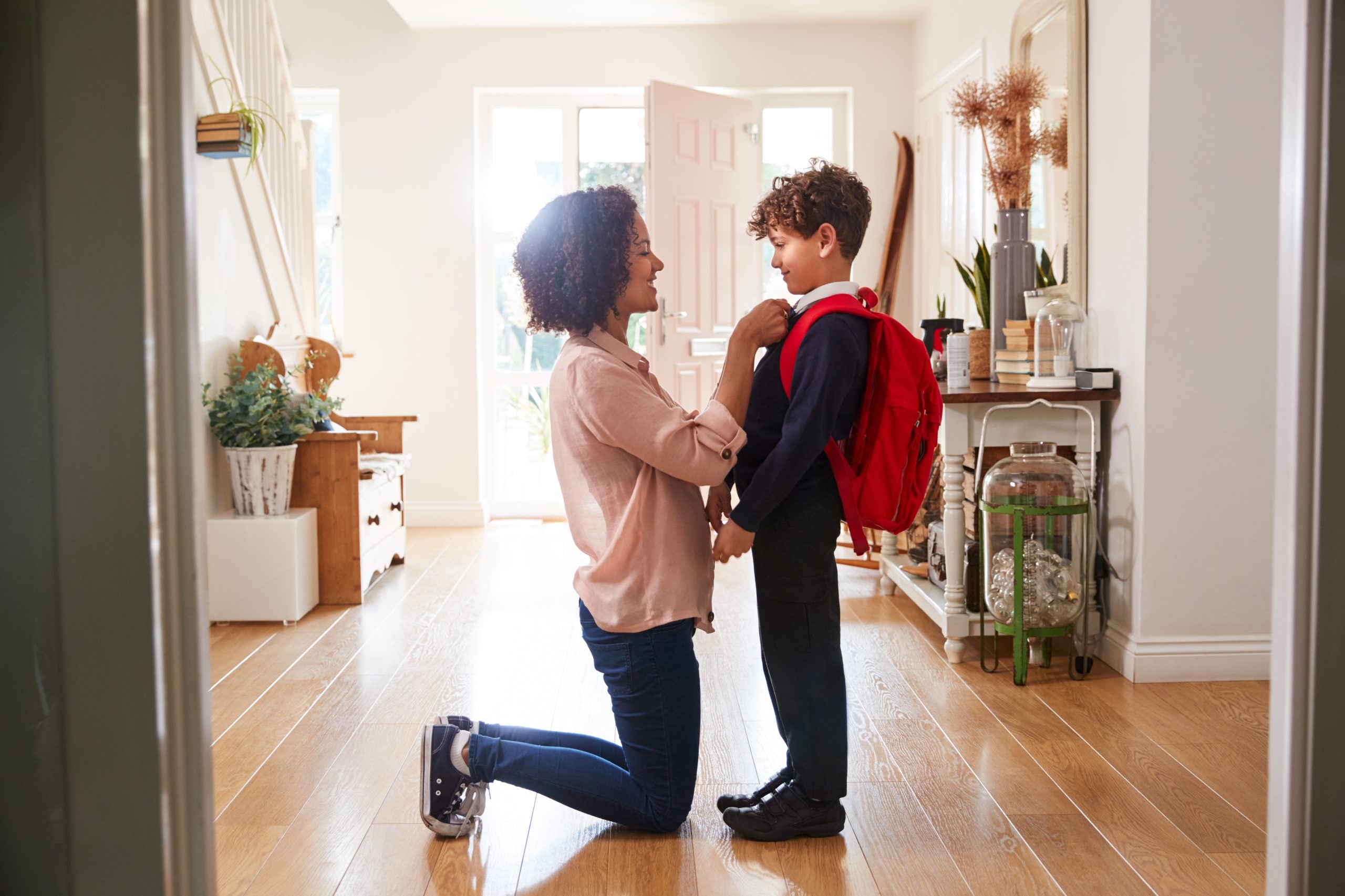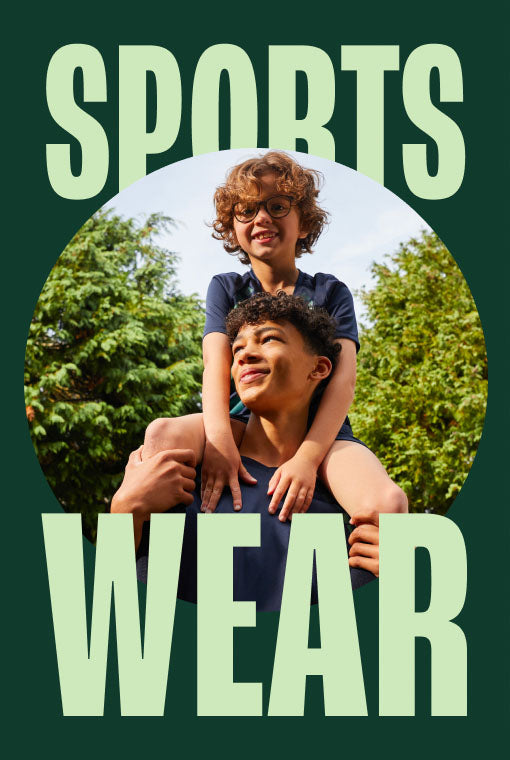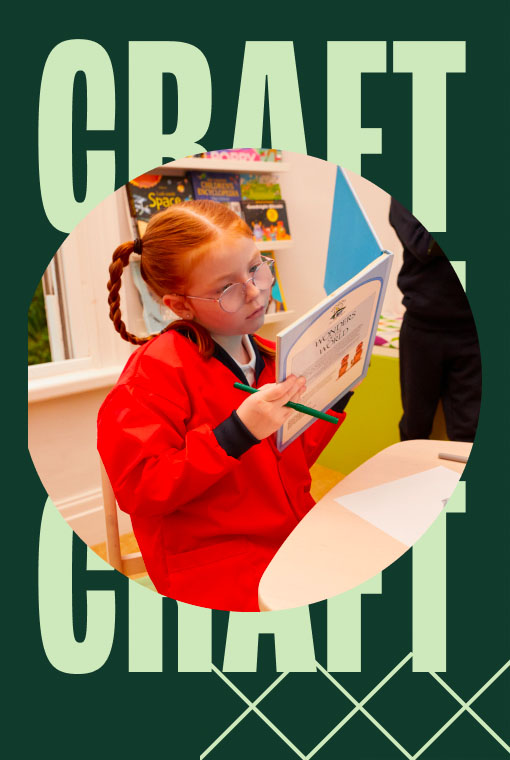The new school year is upon us, and for many families stocking up on back-to-school supplies and planning the new journey to school is on the to-do-list.
In 2018, the Education Secretary urged schools to eliminate their use of single use plastics by 2022. Whilst schools are working towards achieving this goal, parents can also consider how they too can play their part in creating an eco-friendlier school day.
1.6 billion pens end up in landfill each year and like many back to school staples, plastic remains to be the predominant material used. By approaching the start of term with an eco-conscious mindset, parents can make small changes which can make a big difference to the environment in the long run.
Kathryn Shuttleworth, our Managing Director here at David Luke, offers parents alternative and sustainable back to school ideas which can easily be adopted by families. As we edge closer to the beginning of term, these tips will not only help to reduce plastic waste but also carbon emissions, making the school day better for the environment overall.
Free UK shippingon orders over £50
Stocked in over 600 stores









